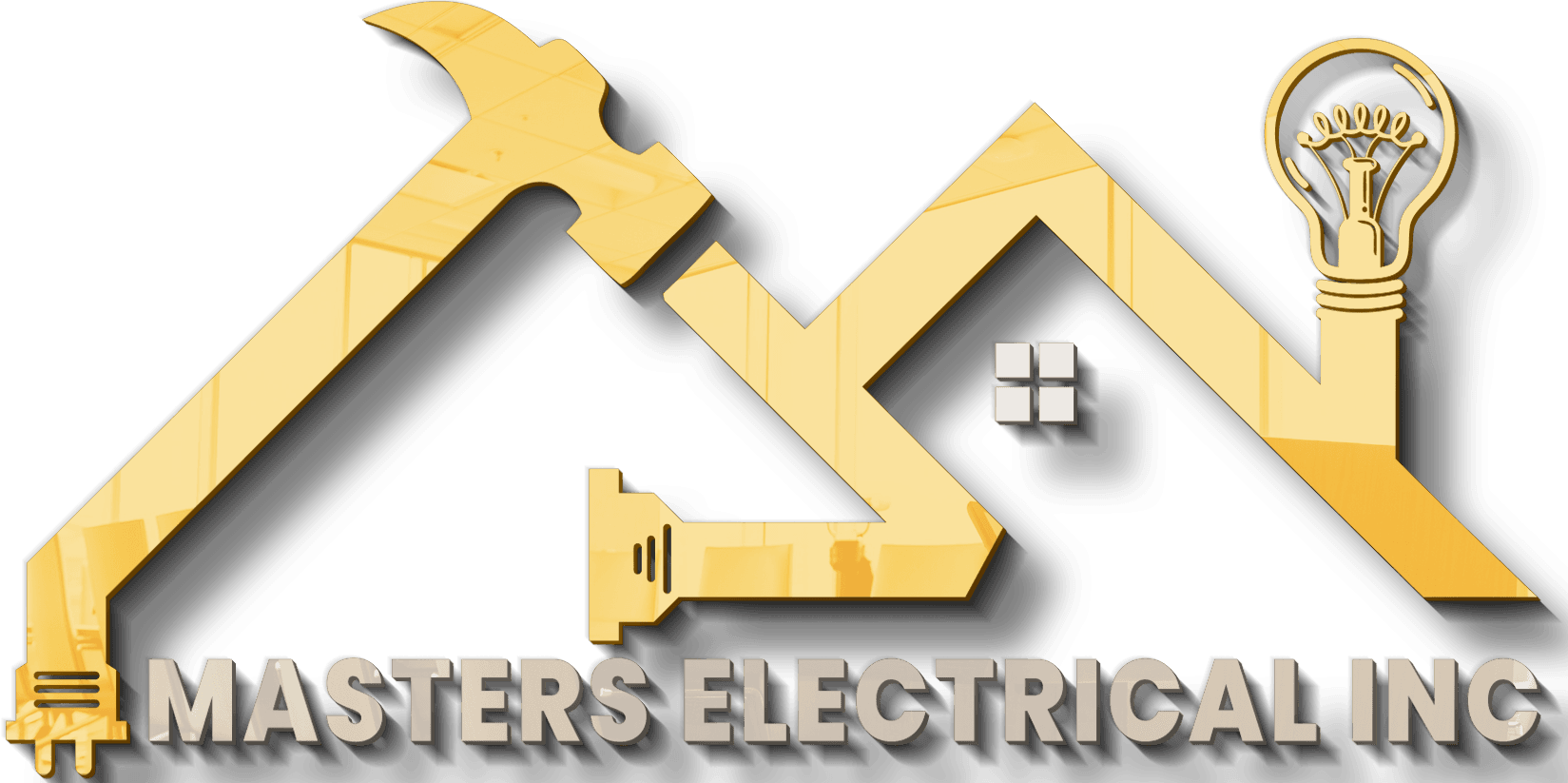5 Common Electrical Problems and How to Prevent Them
AT
Introduction
Electrical problems are common in many households and can range from minor inconveniences to serious hazards. Understanding these issues and knowing how to prevent them can save you time, money, and protect your home from potential dangers. In this blog post, we will explore five common electrical problems and provide tips on how to prevent them.
Overloaded Circuits
One of the most common electrical problems is an overloaded circuit. This occurs when too many devices are connected to a single circuit, drawing more power than it can handle. Overloading can lead to tripped circuit breakers, blown fuses, or even fires.
To prevent this, ensure that your appliances are evenly distributed across different circuits. Use extension cords sparingly and consider upgrading your electrical panel if your home frequently experiences overloads.

Faulty Wiring
Faulty wiring is another prevalent issue that can pose significant risks. Signs of faulty wiring include flickering lights, buzzing sounds from outlets, and burning smells. These issues can result from poor installation, age, or damage.
To prevent faulty wiring, have a licensed electrician inspect your home’s electrical system regularly. Address any issues immediately and avoid DIY electrical work unless you’re fully qualified.
Frequent Power Surges
Power surges can damage appliances and electronics, often occurring due to lightning strikes, power outages, or faulty wiring. While they typically last a fraction of a second, their effects can be long-lasting.
Investing in surge protectors for your valuable electronics can help prevent damage. Consider whole-home surge protection for comprehensive safety against unpredictable surges.

Tripping Circuit Breakers
Circuit breakers are designed to trip whenever there’s an electrical fault, preventing damage to your system. However, frequent tripping can indicate a deeper issue, such as short circuits or overloaded circuits.
To address this problem, identify the root cause of the tripping. Ensure that you’re not overloading circuits and have a professional electrician investigate persistent issues.
Non-Functioning Outlets
Non-functioning outlets are both inconvenient and potentially hazardous. They may be caused by tripped breakers, faulty wiring, or damaged outlets.
Regularly test your outlets to ensure they’re functioning correctly. Replace any damaged outlets and consult an electrician if you experience widespread outlet failures.

Conclusion
By being aware of these common electrical problems and taking preventive measures, you can maintain a safe and efficient electrical system in your home. Regular inspections by professional electricians and cautious use of your electrical equipment are key strategies in avoiding these issues. Stay informed and proactive to protect your home from electrical hazards.
